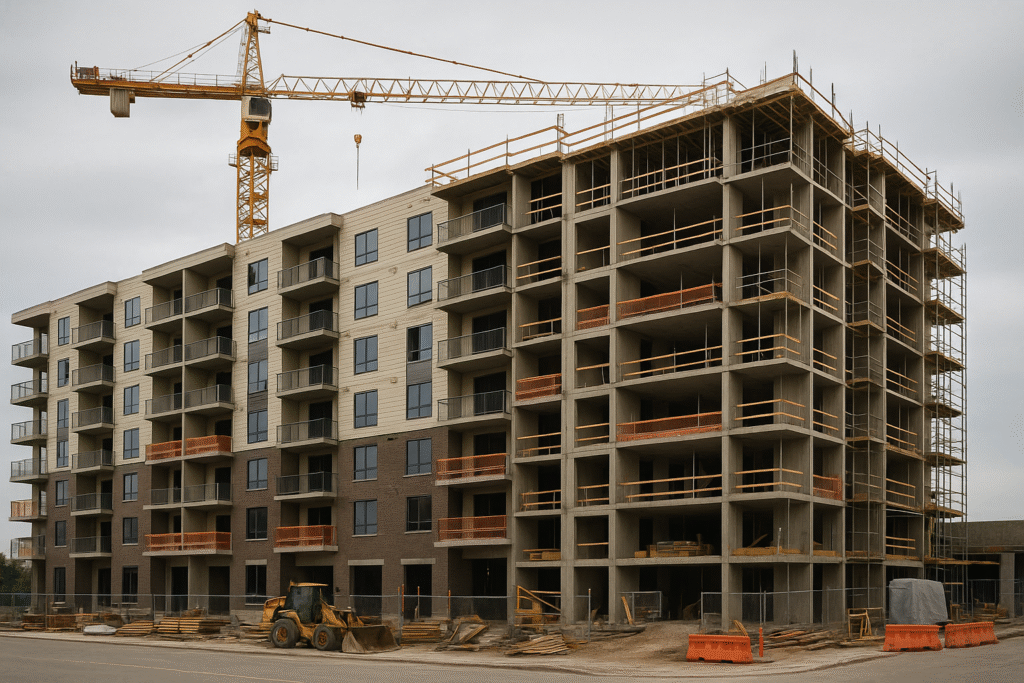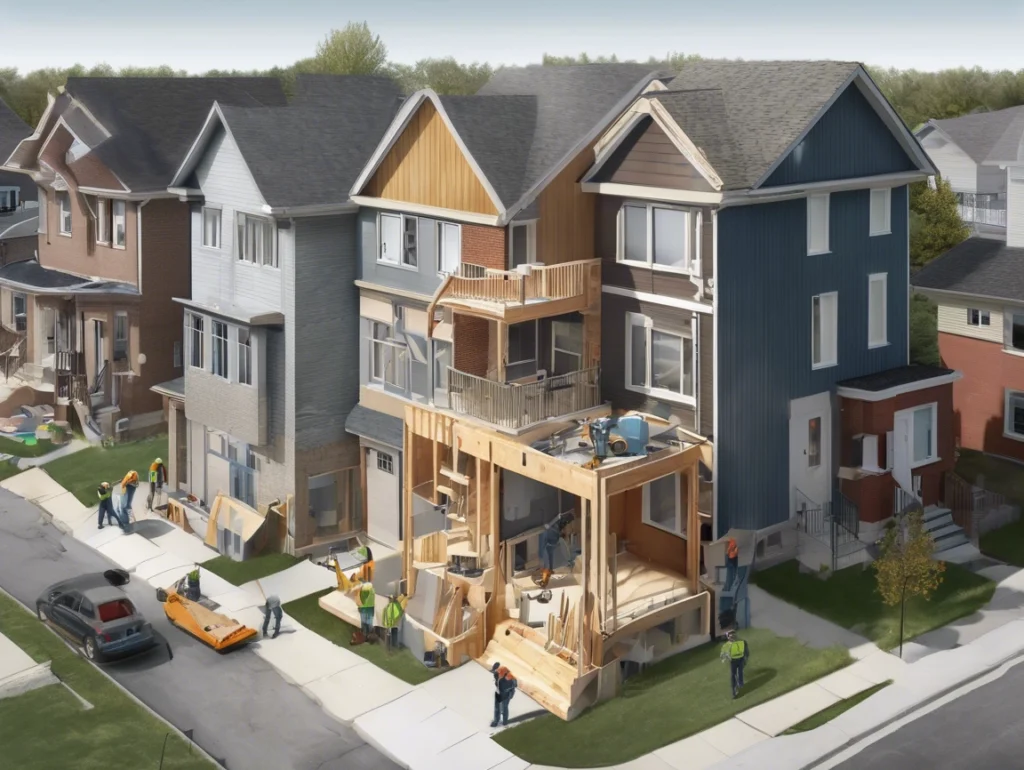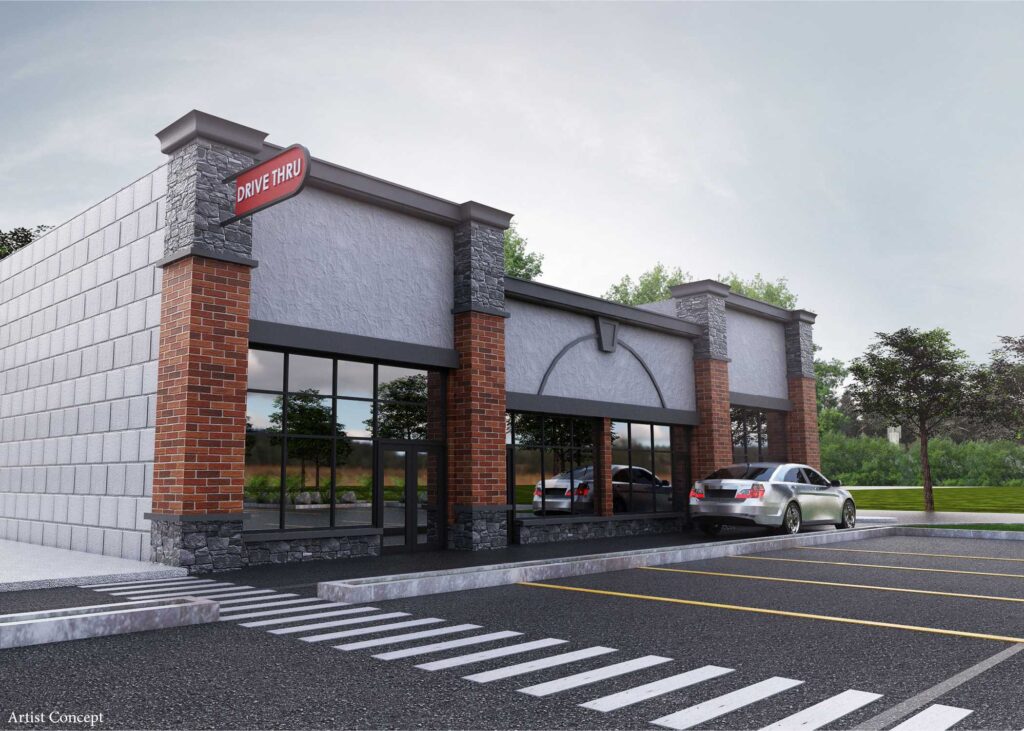Policy Aspect | Before Bill 17 (Old Rules) | After Bill 17 (New Rules As Of June 6,2025) |
Minor Variances (Setbacks) | All deviations from zoning setbacks required a minor variance application (Committee of Adjustment approval). No automatic tolerance. | Up to 10% reduction in required yard setbacks is allowed as-of-right (no rezoning or minor variance needed) for urban residential lands (outside Greenbelt). Example: A 5 m setback can be 4.5 m (10% less) without a variance. |
Development Charge Timing | Development Charges (DCs) were due upon building permit issuance for most projects (only certain rentals/non-profits had installment plans). Interest could accrue on deferred payments. | DC Payment Deferral: Developers can now opt to pay DCs at occupancy rather than at permit for any residential development. Municipalities cannot charge interest on DCs deferred to occupancy for rental housing and institutional projects. This improves cash flow during construction. |
Development Charge Credits | DC credits earned by building infrastructure could only offset charges for the same type of service (e.g. a road credit only for road DC fees). | Flexible DC Credits: The Province can merge service categories via regulation, so a credit for one service can apply to other services in that merged group. E.g.: A credit for building a road could offset transit-related DCs. |
Reducing/Freezing DC Rates | To reduce a DC rate or pause its indexation, municipalities had to amend the DC by-law, requiring a background study and public process – a lengthy procedure. | Easier DC Reductions: Cities can now reduce DC rates or change indexing without a new background study or public hearings. This means municipalities can more quickly lower or freeze DCs to encourage development. |
DC “Frozen” vs. New Rate | If a DC rate was “frozen” at site plan/zoning application, a later drop in the DC rate didn’t benefit the project – the developer still paid the higher frozen rate. | Pay Lower DC Rate: Developers will pay the lower of the frozen DC rate or the current reduced rate if DCs drop during the freeze period. This guarantees you won’t overpay if DC charges are cut mid-project. |
Long-Term Care (LTC) Homes | New long-term care facilities were subject to standard DCs (adding to project costs). | DC Exemption for LTC: Developments of buildings intended for long-term care are now fully exempt from development charges, lowering costs for these projects. |
Inclusionary Zoning (Affordability) | Some municipalities required >5% affordable units and/or >25-year affordability periods in certain zones, which could hinder project viability. | Caps on Requirements: Provincial regs now cap inclusionary zoning in key transit areas to 5% of units and a 25-year affordability period. Higher local requirements must be brought down, making projects more financially feasible. |
Planning Application Requirements | Municipalities often demanded extensive studies (wind, shadow, design, lighting, etc.) before deeming a planning application complete, causing delays and costs. | Standardized & Streamlined: The province will standardize required studies. For example, sun/shadow, wind, urban design, and lighting studies will not be required for a complete application. This cuts red tape and speeds up application processing. |
Zoning – Schools in Residential | In some cases, zoning bylaws or official plans prohibited building schools on lands zoned residential, limiting flexibility in community planning. | Schools Allowed: Official plans/zoning can no longer ban schools on urban residential land. This change allows elementary/secondary schools (and related uses) “as-of-right” in residential areas, aiding community development. |
Building Code Uniformity | Municipalities (e.g. Toronto) could impose extra construction standards beyond the Ontario Building Code (green standards, etc.), adding cost or complexity. | One Province-wide Standard: Municipalities are now prohibited from setting stricter building or demolition standards than the Ontario Building Code. This ensures one consistent building standard across Ontario, preventing costly local requirements. |





